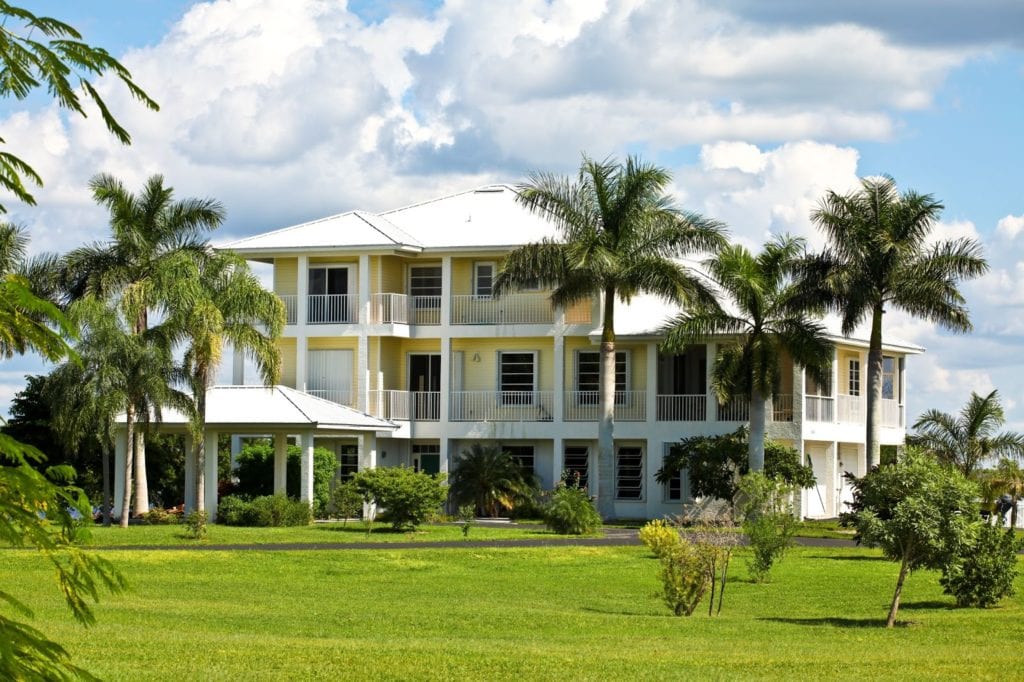The torturous sound of water trickling down from your ceiling is probably the most infuriating sound you’ll ever hear. It’s almost like a clock ticking, letting you know that you have little time until the situation gets worse.
We know how frustrating it can be, especially when hurricane season is still in full swing. There’s nothing worse than having to deal with a roof leak in the middle of a natural disaster. By knowing common leak areas, you can try to stay ahead of the weather and keep your roof in tip-top, leak-free shape.
Shingles
This is one of the most apparent causes of roof leaks. Fortunately, a missing shingle is relatively easy to spot — and fix! After all, shingles are the outermost layer of the roof. They can easily be dislodged by strong winds, rain, and hail storms. As part of regular roof maintenance, we recommend looking at your roof to see if any shingles are missing. We encourage this even more during the rainy season.
Valleys
This is the region where two roof planes intersect. A valley can be a big problem if the shingles are not trimmed properly. Usually, when trimming shingles for a valley, there remains a chisel point on the end of the shingle. To give the valley a proper finish, a second cut should be made to make the edge resemble an arrow point. Failure to do this will result in water flowing along the upper side of the shingle until it finds its way inside your home.
Head Wall Flashings
For roofs that stop at a vertical wall, it’s advisable to place a metal flashing in place. This directs the water away from the endpoint of the shingles. Ideally, the flashing must extend over the shingles by at least three inches. If there’s no flashing, water might find its way into the interior. Flashings help. Make sure you have them in place on your roof.
Chimneys
Chimneys aren’t found in every Florida home, but if you have a chimney, it’s important to know that they’re often the source of many leaks. Each chimney has different kinds of flashing, and if any of the flashings are not installed correctly, you’ll end up with a roof leak. And if the counter flashing on the brick mortar joint isn’t done properly, it can result in a lot of water running behind the flashings and getting into your home.
Skylights
There are two main reasons for skylight leaks. One is improper installation, and the second is worn weather-sealing along the skylight edges. If your skylight is poorly installed, you can have leaks sprouting down the sides and the rubber seals around the glass. This destroys the water barrier and allows water to get into the house.
Plumbing Vent Pipes
You can also have roof leaks around a vent pipe. This pipe is installed to enable air to escape from the house. Vent pipes usually have flashing around them together with rubber boots to seal the top of the vent. If the flashing is worn or broken, then there are crevices where water can enter into your home and cause issues.
Gutters
If a gutter becomes clogged by leaves or debris, water won’t be able to leave the roof and will pool near the upper gutter opening. This gives water an extended period of time to find areas on the roof where it can seep in and find its way into the interior. For peak water flow, gutters should be cleaned in the spring and fall. We know it’s not fun, but it’s a pretty simple job that can save you a lot of time and money down the road.
Need Assistance with a Leaky Roof in St. Augustine, FL?
Are you having problems with a leaky roof, or just want to make sure your roof is in good shape before the next storm hits? Schedule a free roofing inspection for your home or business today.
Our team proudly offers residential and commercial roof repair services to those in St. Augustine, Jacksonville, Ponte Vedra, Nocatee, and the surrounding areas in Northeast FL.


